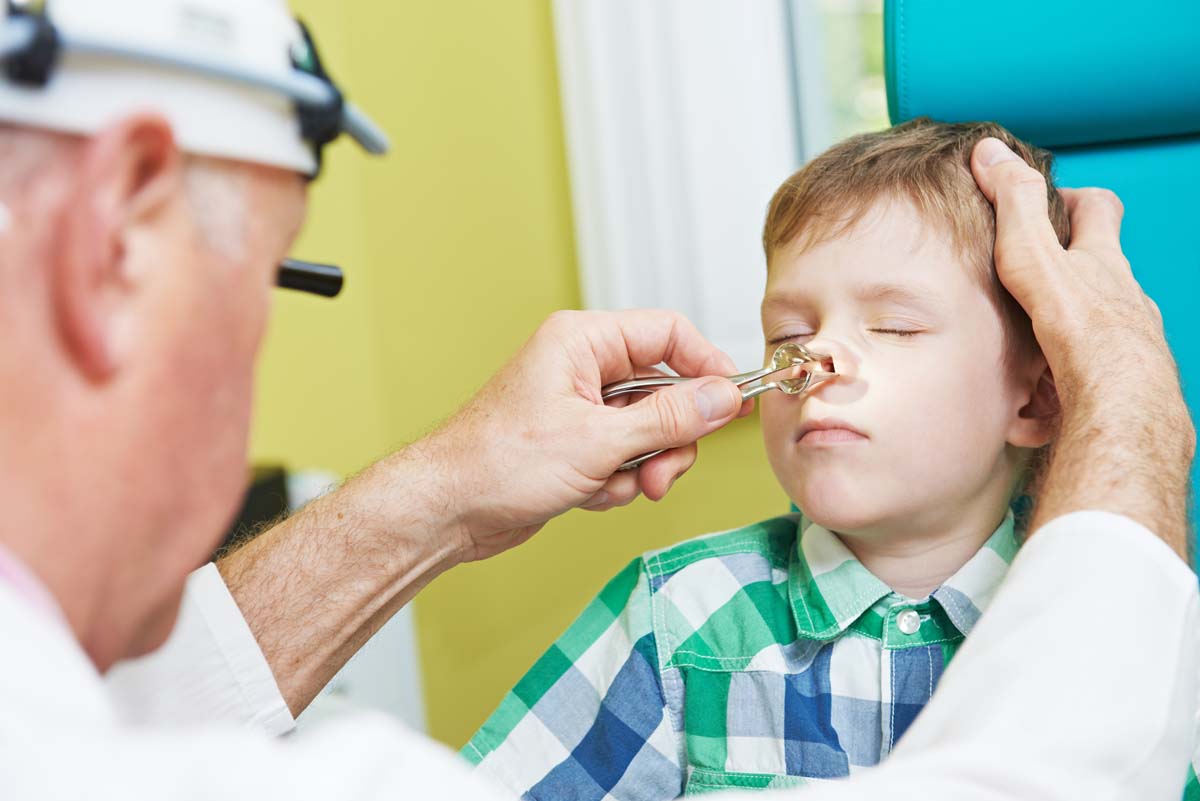
DIFFERENTIATE BETWEEN ALLERGIC AND ATROPHIC RHINITIS
Allergic Rhinitis | Atrophic Rhinitis |
Definition: It is an IgE, mediated hypersensitivity disease of the nasal mucous membrane. | Definition: It is a chronic inflammatory nasal disease, characterized by progressive atrophy of nasal mucosa and turbinates. |
It can be seasonal or perennial. | It has 2 types: Type I- Endarteritis and periarteritis. Type II- Vasodilatation of capillaries. |
Occurs more in cold environment. | Occurs in tropical countries. |
Not related to nutrition especially Iron, Vit A deficiency. | Nutrition is an important factor. |
Psychological stress known to precipitate allergy. | Not related to psychological factors. |
Clinical Features:
| Clinical Features:
|
Signs: Anterior and posterior rhinoscopy reveals, turbinate hypertrophy, congested mucosa and ethmoidal polyps may be present. | Signs: Anterior and posterior rhinoscopy reveals, greenish crusts, with roomy nostrils, foul smell and pale nasal mucosa. |
Medical treatment
| Medical treatment:
|
We Are Always Ready to Help You.
Book An Appointment

